Every year, nearly 2 million visitors from Turkey and abroad come to the Ancient City of Ephesus, which has always been a shining star throughout history and is included in the UNESCO World Heritage List. The most ideal season to enjoy this magnificent ancient city, which has spread over a wide area of about 8 km since it has changed places several times throughout history, is autumn when the weather starts to cool.
If you wish, let's share the most important information you need to know about this magnificent city so that you can enjoy Ephesus in autumn.
The artifacts recently found at the mounds at Arvalya and Çukuriçi demonstrate that the history of Ephesus dates back to 6.000 B.C. the Chalcolithic Period.
The ancient geographers Strabo and Pausanias, the poet Kallions, and the historian Herodotus claims that Ephesus was founded by Amazons and that the native tribes of the area were the Carians and the Lelegians.
It is known that Ephesus, which has always been one of the settlements from the Early Bronze Age to the Hellenistic Age, also hosted the Anatolian tribes and the Hittites.
Established in Selçuk district, near the bay where the Küçük Menderes river drains its waters, the city's arable lands, being a port city at the beginning of the trade route opening to the East and being considered as one of the religious centers make Ephesus a great and important city for every period in history.
Although it is still possible to come across artifacts from different periods today, most of the artifacts in the ancient city of Ephesus bear the traces of the era of Alexander the Great.
Historical places to see in Ephesus
The main structure of the ancient city which should be mentioned is, of course, the Temple of Artemis, one of the seven wonders of its period. Unfortunately, the Temple of Artemis, an art monument with its magnificent appearance, which took 120 years to build, has not survived.
The other must-see places in Ephesus are The Library of Celsus, known as the third largest library in the world in ancient times, the Grand Theater of Ephesus, which was the largest open-air theater in the world with a capacity of 24,000 spectators, The Terrace Houses, which are detached houses built on top of terraces in pairs in an area of 4,000 square meters that give us information about how the wealthy lived during the Roman period, The Temple of Hadrian, which is named after the famous Roman Emperor Aelius Hadrianus Augustus, and The Commercial Agora, which is about the size of two football fields and was once the city's commercial center.
If you'd like to have more detailed information about Ephesus, you can get help from a guide when entering the ancient city.
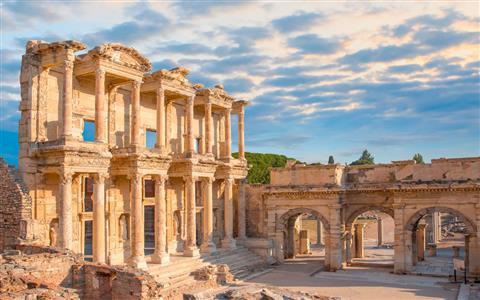
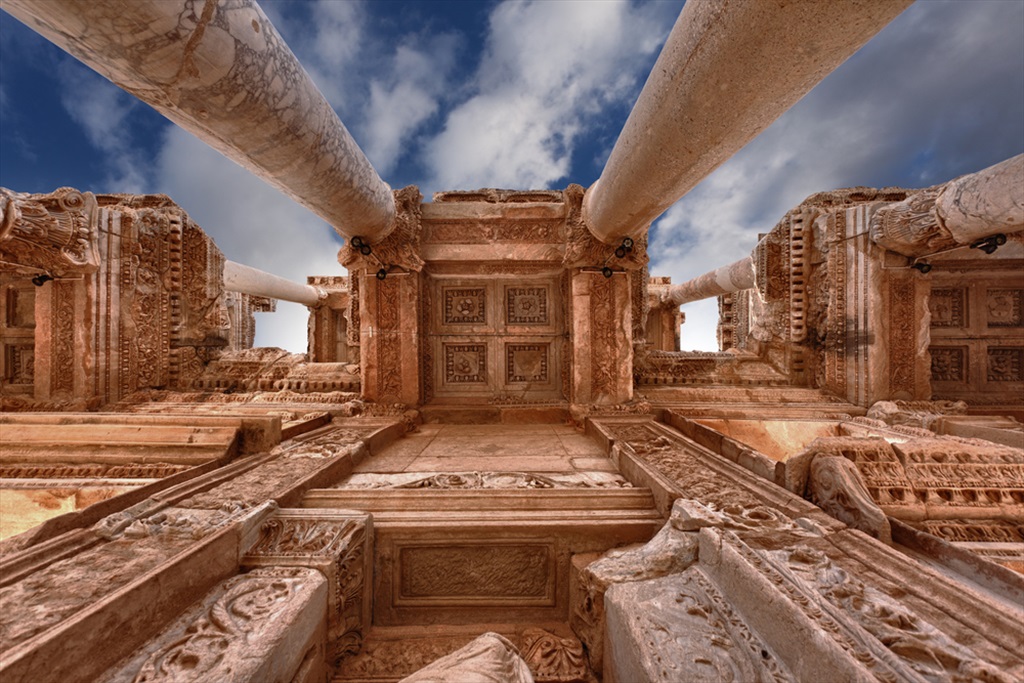
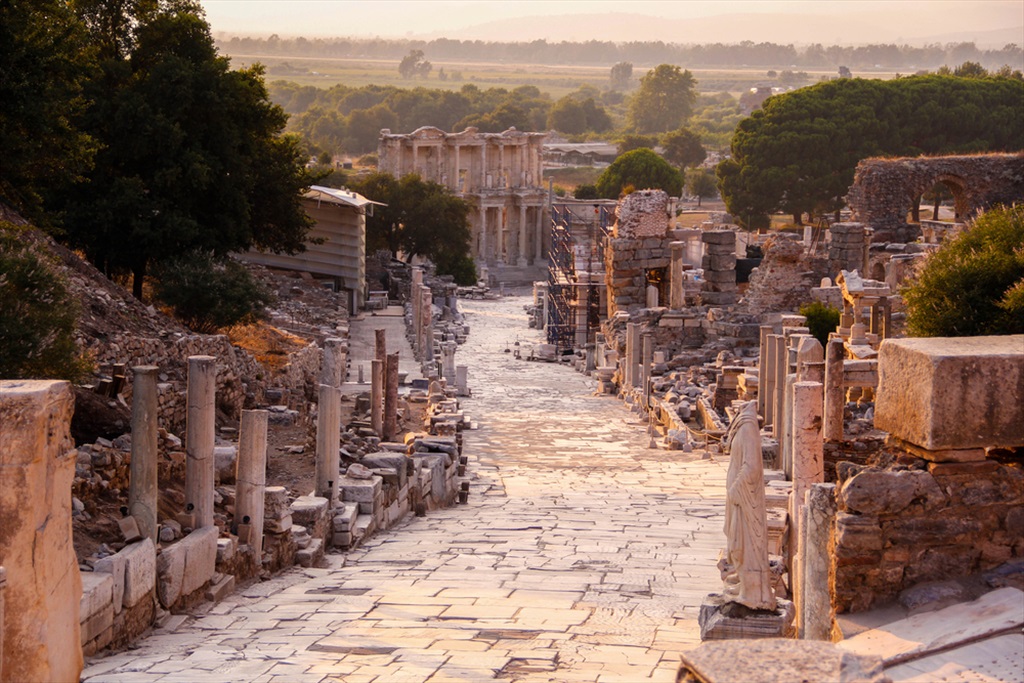
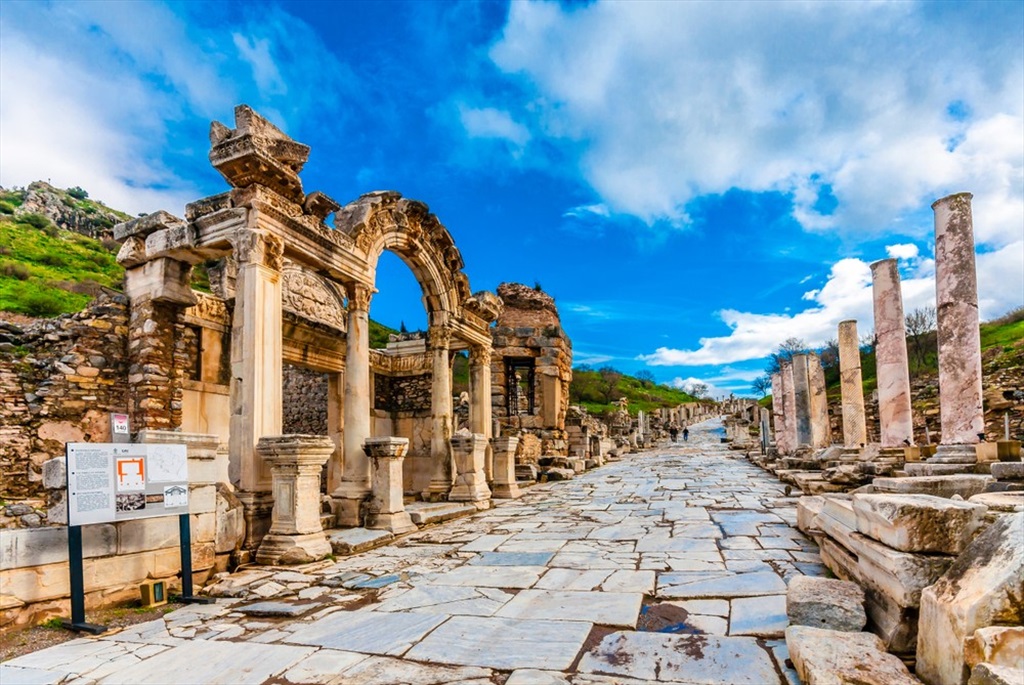
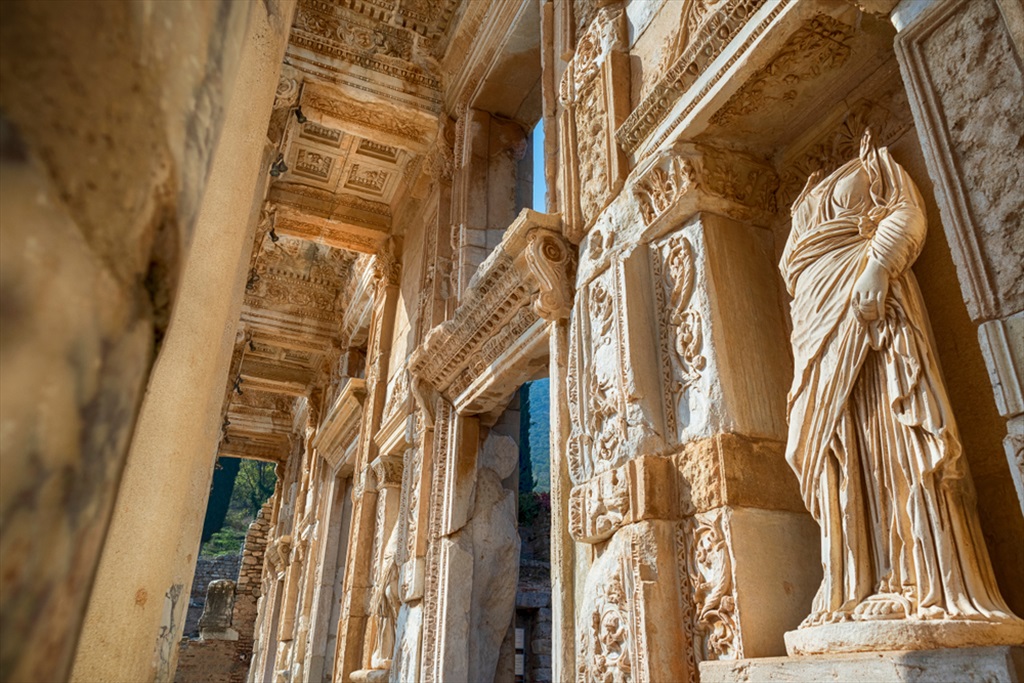


Comments
No comment left, would you like to comment?